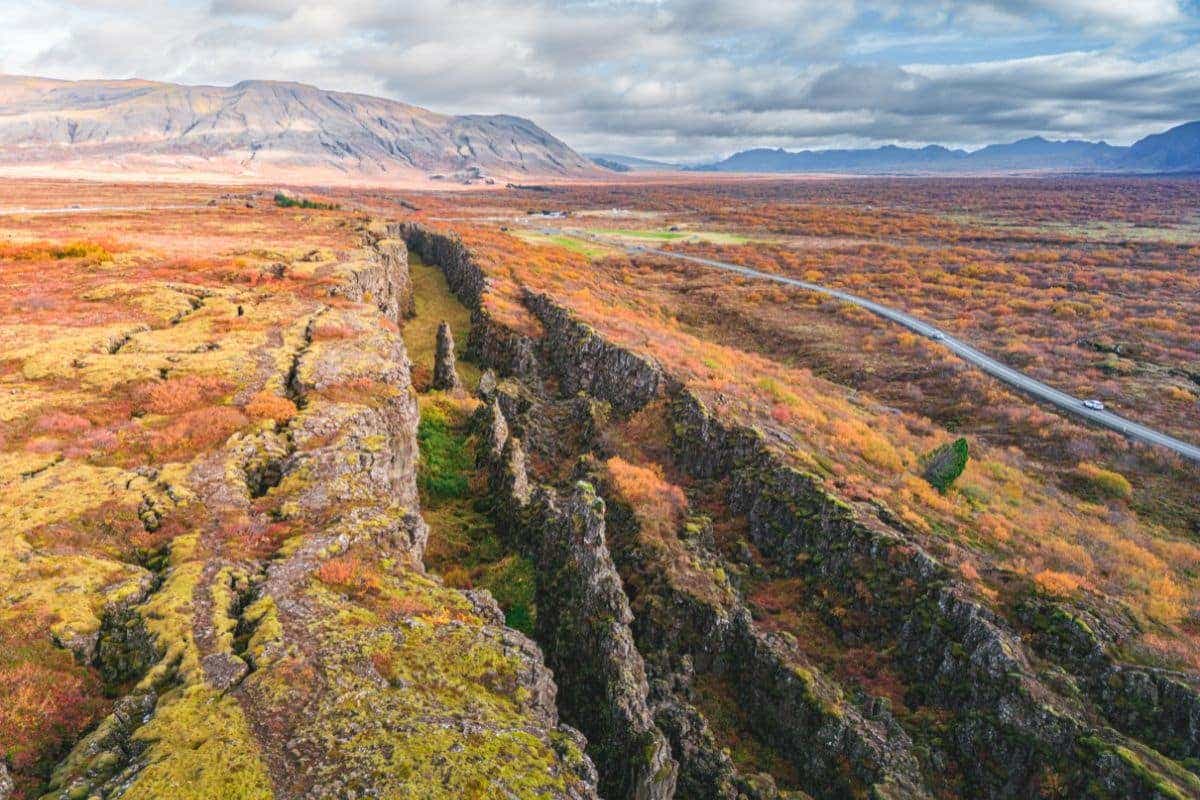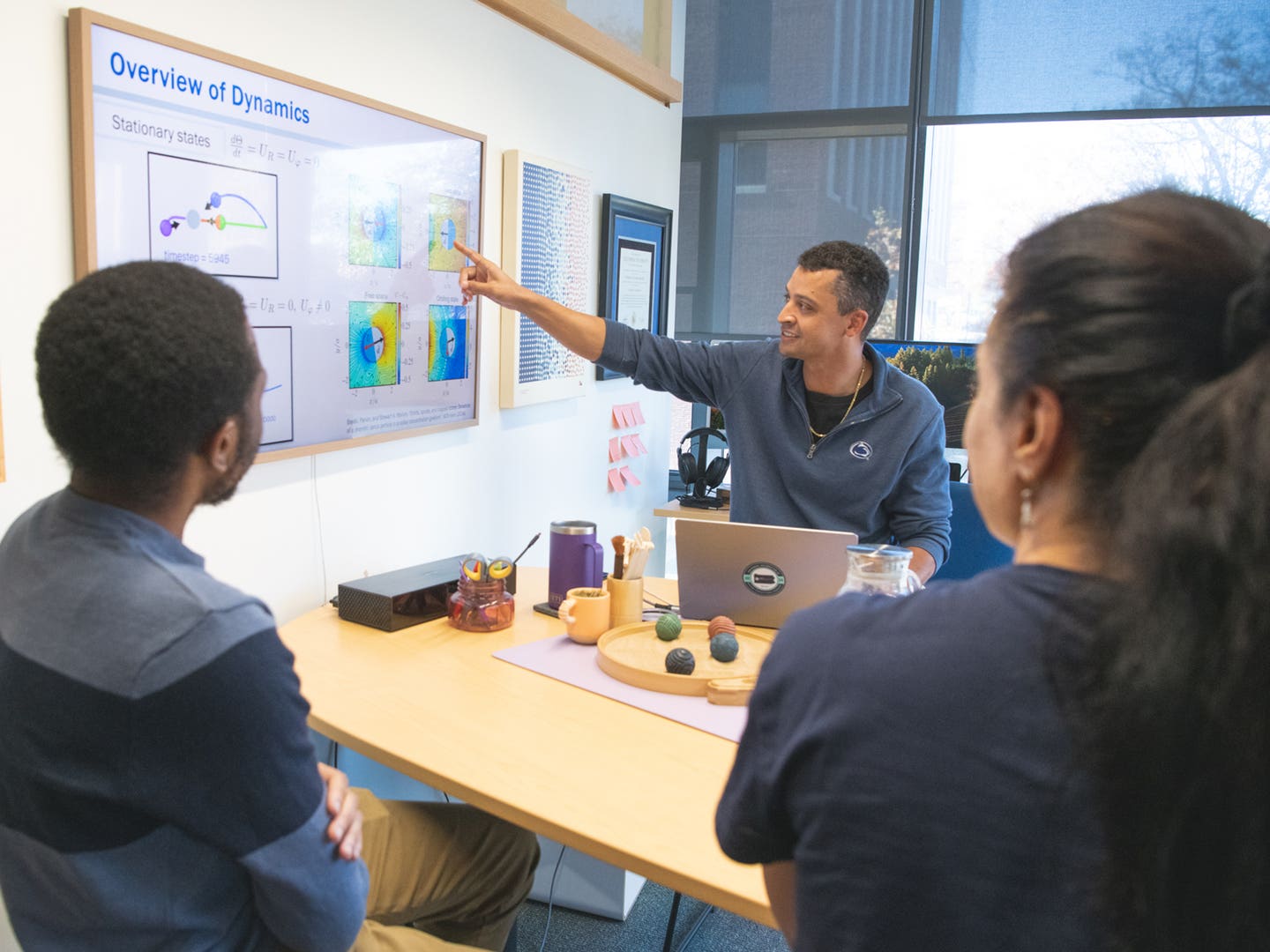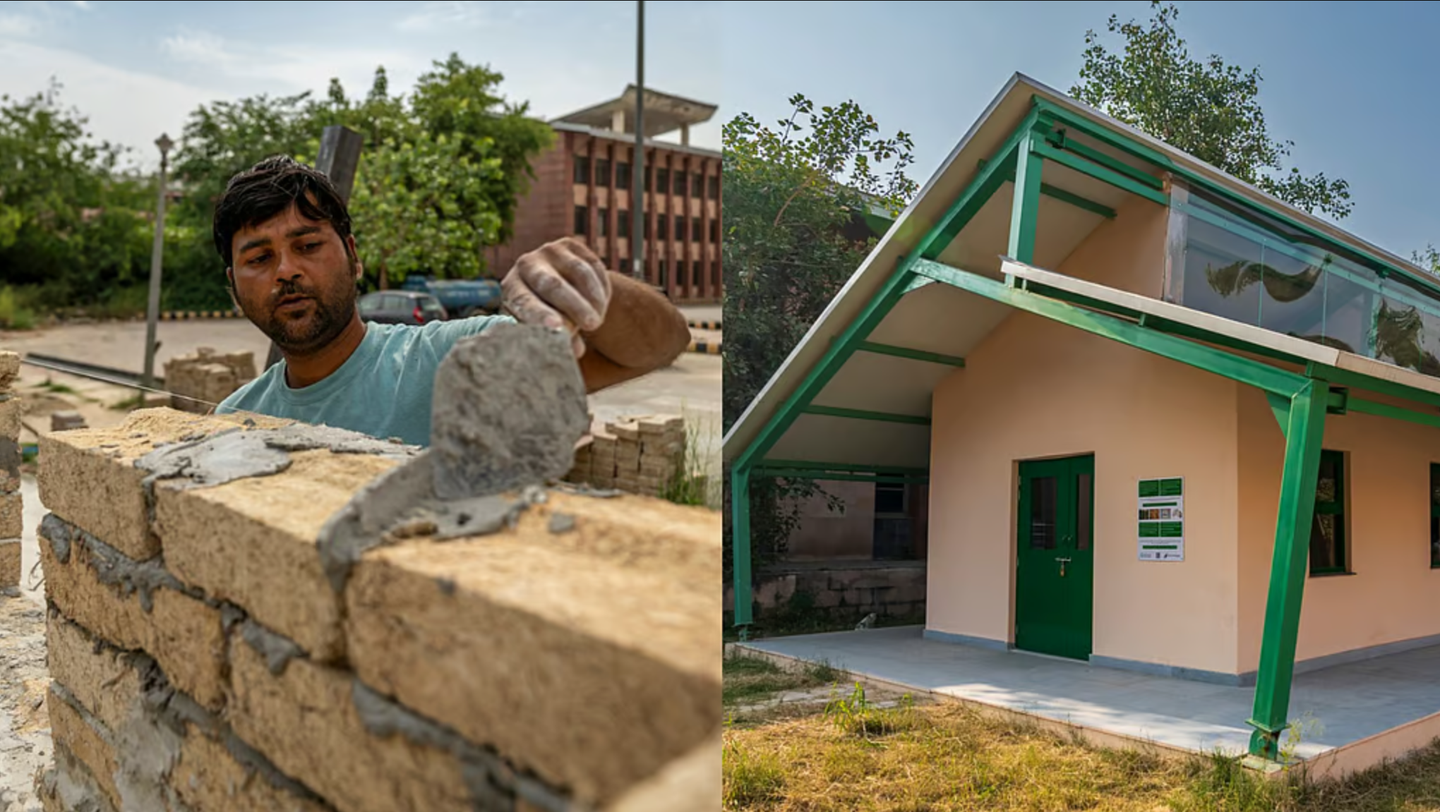Ancient tectonic ‘mega plate’ rediscovered after 20 million years
For millions of years, Earth’s moving plates have sculpted continents, carved oceans, and built massive mountain ranges.

Scientists have discovered the long-lost Pontus tectonic plate, which once stretched across 15 million square miles. (CREDIT: CC BY-SA 4.0)
For millions of years, Earth’s moving plates have sculpted continents, carved oceans, and built massive mountain ranges. Yet some of these giant structures vanished deep into the mantle, hidden from view and seemingly lost forever.
Scientists have now uncovered one of these missing pieces—the Pontus plate—offering fresh insight into Earth's shifting history and the forces that continue to shape it.
The Junction of Two Tectonic Realms
Earth’s crust is divided into huge, rigid tectonic plates that move across its surface. Their slow motion powers earthquakes, fuels volcanoes, and drives the endless reshaping of continents. Since the breakup of Pangea during the late Paleozoic era, plate movements have mainly followed two distinct patterns.
Within the Tethyan realm, which was ringed by the massive supercontinent, oceanic plates formed and slipped beneath others along mostly east-west ridges and trenches. This steady subduction shaped much of the planet’s ancient geography.
Beyond Pangea, in the surrounding Panthalassa realm, a different pattern emerged. Here, subduction happened radially outward, as oceanic plates plunged beneath continental edges. This outward pull triggered complex geological changes along distant shorelines.
Between these two dynamic systems lay the Junction Region, where plate interactions grew especially tangled. Stretching from Australia to Eurasia, this zone saw a chaotic mix of new subduction zones and disappearing oceanic basins, adding layers of complexity to the planet's evolving surface.
Many of these ancient structures eventually vanished, their remnants scattered in today’s mountain chains and hidden under the seafloor. These lingering fragments offer vital clues, helping scientists piece together Earth’s deep past and better understand the restless forces still driving the plates today.
Related Stories
Tracing the Legacy of Pontus
One of the most significant recent discoveries in plate tectonics is the confirmation of the Pontus plate, which once covered 15 million square miles—about a quarter of the Pacific Ocean.
For millions of years, it was believed to have been completely consumed by subduction, the process in which one tectonic plate sinks beneath another into the mantle. But traces of its existence remained hidden in the geological record.
Dr. Suzanna Van de Lagemaat and her team at Utrecht University led the groundbreaking study that confirmed the plate’s past presence. Using advanced computer modeling, they analyzed oceanic rock formations, which they describe as the “relics of Pontus.”
Their findings provide new insights into the plate’s long and complex history, stretching back 160 million years. The most recent evidence suggests that it persisted in some form until about 20 million years ago.
A decade ago, researchers at Utrecht University proposed the idea that Pontus had once existed. Their theory was based on seismic signals—disturbances in earthquake waves that hinted at the presence of ancient, subducted plates deep within the Earth’s mantle.
However, direct geological evidence remained elusive. That changed with Van de Lagemaat’s recent study, which combined field research and laboratory analysis of rock samples to reconstruct Pontus’s history with unprecedented detail.
Piecing Together the Tectonic Puzzle
To better understand the scope and movement of the Pontus plate, Van de Lagemaat’s team examined geological structures across the region.
They focused on mountain belts in Japan, Borneo, the Philippines, New Guinea, and New Zealand, areas known to be part of one of Earth’s most geologically complex zones. Each of these locations contained fragments of ancient oceanic crust that helped piece together the plate’s story.
One of the most crucial discoveries came from northern Borneo. Initial analysis suggested these rocks were remnants of a known lost plate, but further investigation told a different story. Magnetic signatures within the rocks indicated they had originated much farther north than previously thought.
“We thought we were dealing with relics of a lost plate that we already knew about,” said Douwe van Hinsbergen, Van de Lagemaat’s PhD supervisor. “But our magnetic lab research on those rocks indicated that our finds were originally from much farther north and had to be remnants of a different, previously unknown plate.”
Additional evidence surfaced in Palawan, an island in the western Philippines, and the South China Sea. These discoveries suggest that the Pontus plate was once part of a unified tectonic system stretching from southern Japan to New Zealand. This vast network of interconnected plates shaped the western Pacific region for over 150 million years.
The Bigger Picture of Plate Movements
Understanding lost tectonic plates like Pontus is crucial for reconstructing Earth’s geological past and predicting future tectonic activity. Subduction zones not only recycle Earth’s crust but also drive mantle convection—the process that moves heat and material through the planet’s interior.
The discovery of Pontus provides a missing link in models of the western Pacific’s tectonic history, refining our knowledge of how plates interact and evolve.
Seismic imaging has played a critical role in this research. By analyzing how earthquake waves travel through the mantle, scientists can detect differences in material density. These variations reveal ancient plate fragments buried deep within the Earth, some of which date back as far as 300 million years. The technique helped researchers confirm that Pontus was once part of a vast subduction system dividing the paleo-Pacific Ocean.
Dr. Van de Lagemaat’s findings also validate a long-standing theory: that a massive subduction zone once existed along the western edge of the Pacific. This zone separated the well-documented eastern Pacific plates from the now-confirmed Pontus plate.
The research, published in Gondwana Research, offers a comprehensive look at how Earth’s tectonic system evolved over millions of years.
With this new understanding of Pontus, scientists are one step closer to unraveling the mysteries of Earth’s dynamic history. These discoveries remind us that the planet is constantly shifting beneath our feet, rewriting its own geological story with each passing millennia.
Note: Materials provided above by The Brighter Side of News. Content may be edited for style and length.
Like these kind of feel good stories? Get The Brighter Side of News' newsletter.
Joseph Shavit
Head Science News Writer | Communicating Innovation & Discovery
Based in Los Angeles, Joseph Shavit is an accomplished science journalist, head science news writer and co-founder at The Brighter Side of News, where he translates cutting-edge discoveries into compelling stories for a broad audience. With a strong background spanning science, business, product management, media leadership, and entrepreneurship, Joseph brings a unique perspective to science communication. His expertise allows him to uncover the intersection of technological advancements and market potential, shedding light on how groundbreaking research evolves into transformative products and industries.



